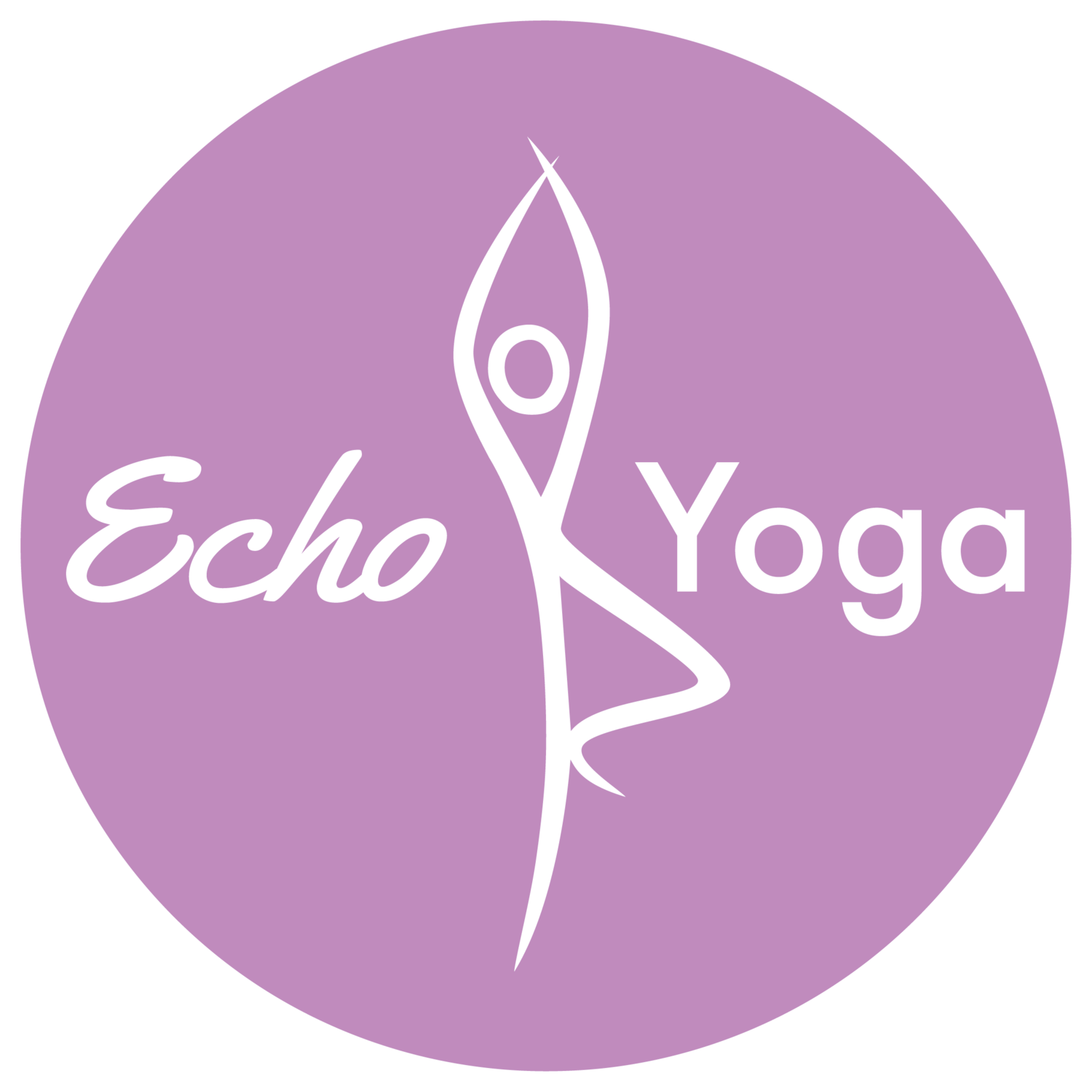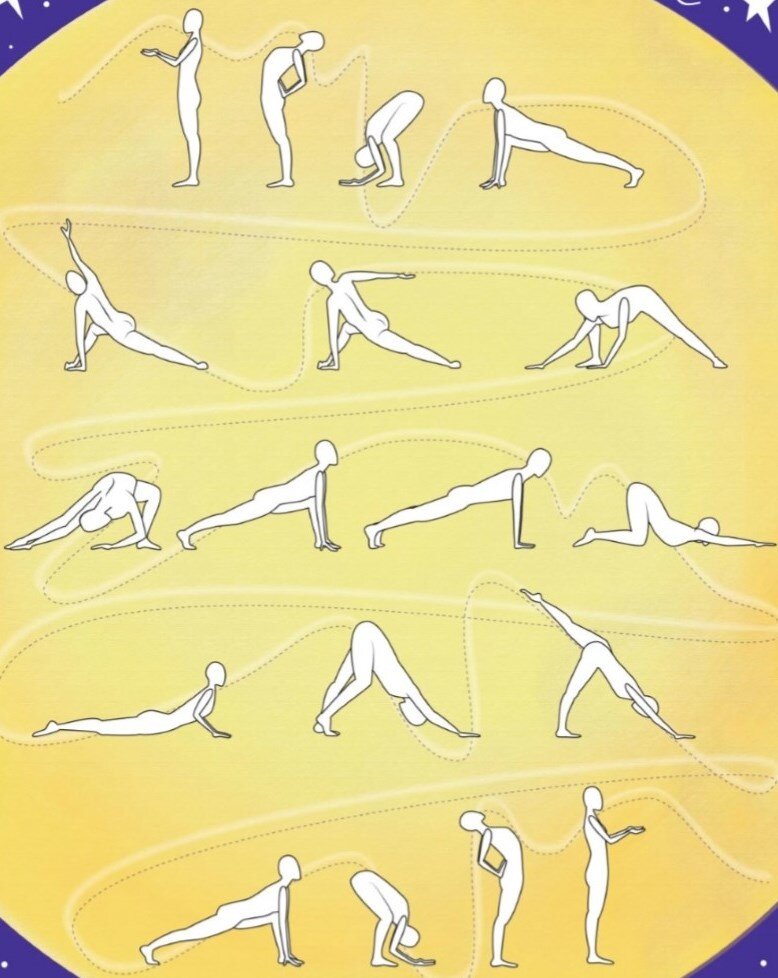Why do sun and moon salutations?
Why do we do sun and moon salutations as part of our yoga practice? Are we welcoming the sun and moon? A question put to me in last week's yoga class. My answer was brief and I thought warranted a fuller explanation. So for Carolyn...
What are sun salutations?
This is the variation of Surya Namaskar that i teach in my yoga class
Sun salutations or Surya Namaskar is a sequence of 12 poses (Asana) that are linked so the yogi can move through the poses using the breath to help flow and energise the body. These poses can lengthen, extend, strengthen, flex and stretch many of the main muscles of the body.
Sun salutations can be a complete practice in itself or, more frequently it is used at the start of class to warm up the body.
There are many variations of the sun salutations such as Ashtanga A or B. Traditionally sun salutations are performed in the morning as we honour the sun and bring its heat into your heart. In the sequence you flow quickly between poses to awaken the body and move energy.
The set of 12 asanas is dedicated to the Hindu God Surya or other schools of yoga link the 12 asanas to the 12 zodiac signs. It just depends on your interpretation.
What are the moon salutations?
Moon salutations or Chandra Namaskar is a sequence of 14 moves and is linked to the 14 lunar phases of the moon. Moon salutations are usually performed when there is a full moon and in the evening. It welcomes the full moon and celebrates the lunar energy.
This is a slower more relaxing sequence which strengthens and stretches muscles an also opens out the shoulders and hips. It is a cooling, soothing, calming sequence which opens the heart and receptivity to the moons energy helping us to focus inwards.
Like sun salutations there are many variations of the moon salutation.
This is the variation of Chandra Namaskar that i use in my class
The difference between Chandra Namaskar and Surya Namaskar is similar to the difference between yin and yang, feminine and masculine. The Moon Salutation is relaxing, yin and feminine whereas the Sun Salutation is energizing, yang and masculine. When practicing the 2 different salutations you can feel the very different affect son your body and energy.
Chandra Namaskar is performed fewer times than Surya Namaskar primarily because it is performed when there is a full moon. However it can be performed whenever you wish to use a slower more meditative and heart opening sequence.
So, we do sun and moon salutations in our yoga practice for very different reasons which have been explained above. Yes Carolyn, we do welcome the sun and the moon with these asanas. However this blog has given me an opportunity to provide you with a more in depth answer to your question.
Namaste




